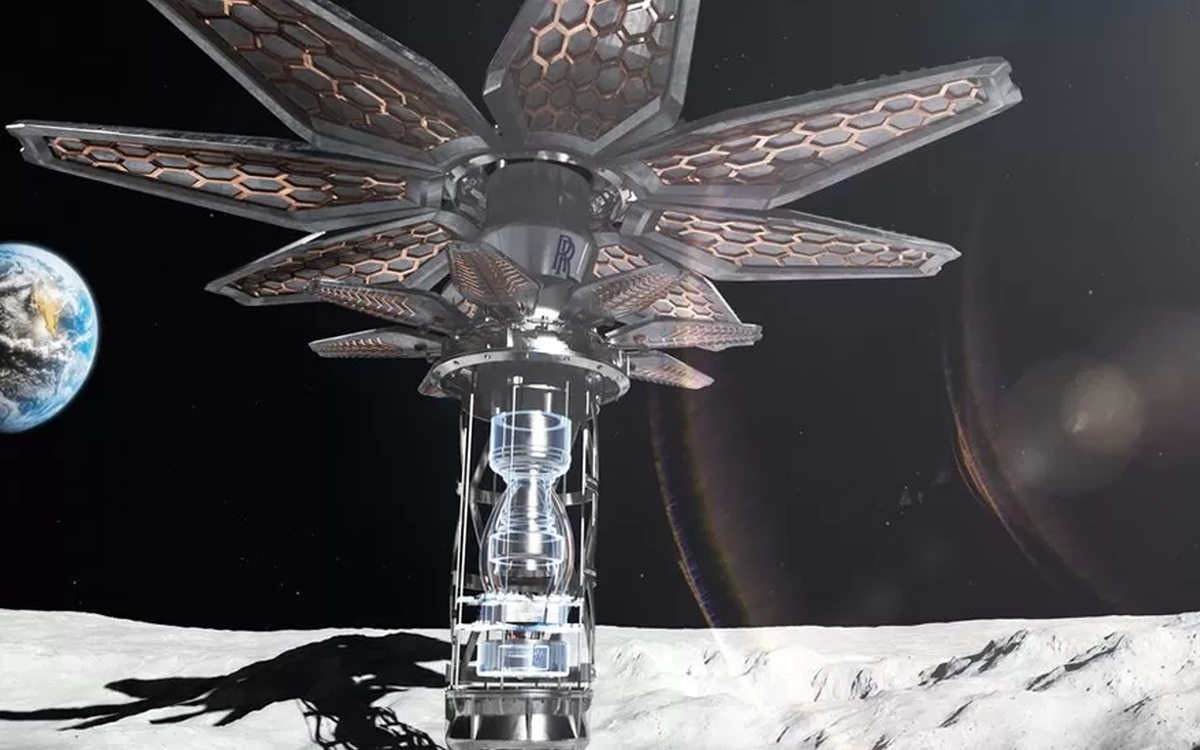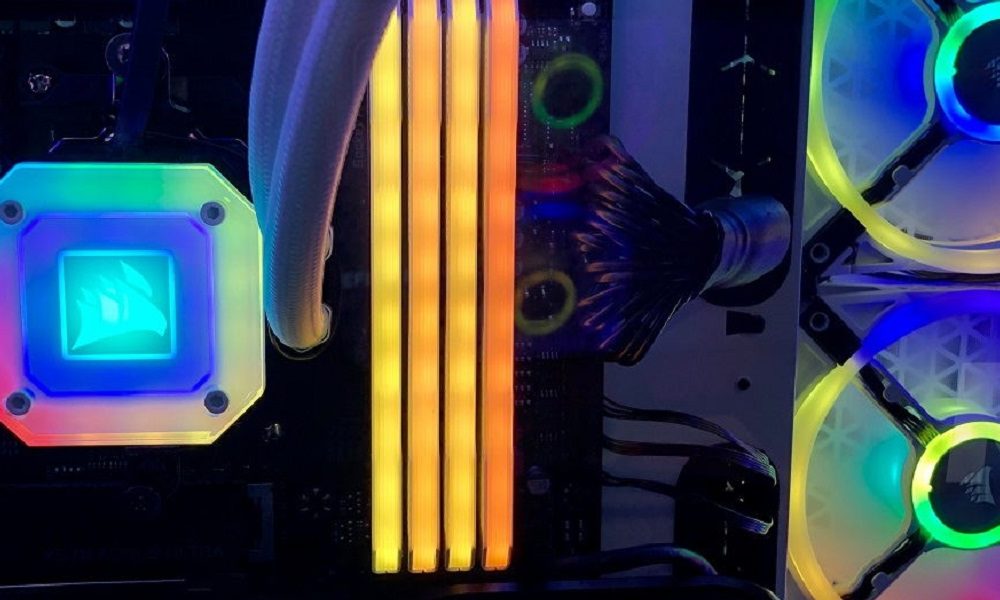
Scientists have developed nuclear energy pellets as small as one millimeter. They could be used to provide energy to the lunar base planned by NASA for 2030.

NASA has been seeking to build a nuclear power plant on the Moon for several years now. The reason is simple: around 2030, a forward base is to be built on the Earth’s satellite in order to facilitate thespace explorationparticularly towards March. And it will be necessary to supply all of this with electricity. On the Moon, it’s impossible to rely solely onsolar energy. The star indeed has a day/night cycle and when “evening” comes, the temperature drops to minus 129° Celsius. A lot of current is required to heat the base.
Scientists then turn to nuclear power. Currently, this is the only viable option for create an efficient energy source before the 2030 deadline. In Wales, researchers from Nuclear Futures Institute of the’Bangor University have developed nuclear “pellets” no larger than a poppy seed. They do not exceed the 1 millimeter approximately. They are of type TRISOa type of fuel composed of uranium, carbon and oxygen, surrounded by a solid ceramic-like shell.
One-millimeter nuclear pellets to power NASA’s lunar base
The tiny nuclear cells will power a flower-shaped micro reactor designed by Rolls-Royce, the famous luxury car manufacturer. According to scientists, just one of these “seeds” could power a reactor up to 15 years old. They resist corrosion, oxidation, high temperatures and radiation leaks. An essential strength since they must withstand the launch of the rocket and the trip to the Moon.
Read also – From Earth to Mars in 60 days, this revolutionary rocket engine would be capable of it
The micro reactor could also have a use on Earth by providing emergency energy to an area affected by a natural disaster such as an earthquake, tsunami or storm. The nuclear fuel pellets will now be handed over to NASA. The agency will test their resistance by simulating the force of a rocket takeoff, and verify that they are as effective as the researchers claim.



